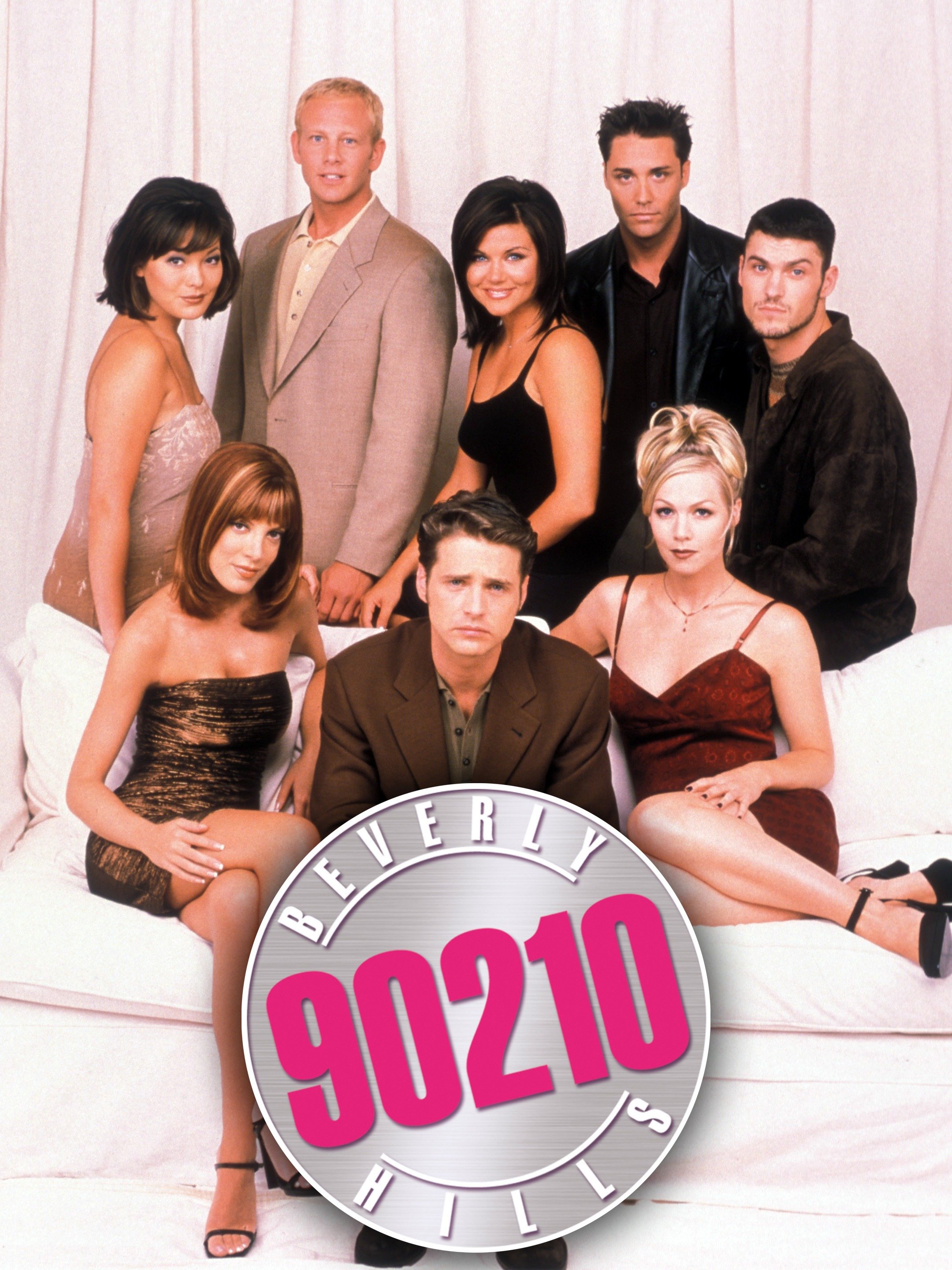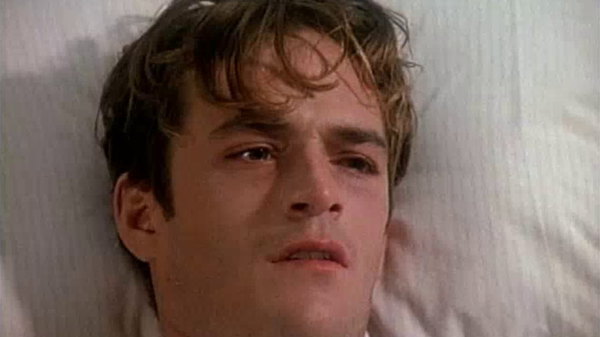

Gessle also got the idea from a note that his girlfriend left on his piano when she was about to go out shopping. Also, I don’t have any particular desire to jump onto a rollercoaster or to steal a car, but Marie Fredriksson could probably talk me into either activity. At least, I think that’s what he’s getting at when he describes someone as “the heart of the funfair.” But I think the lost-in-translation quality makes the song weirder and more dreamlike and generally better. One was an interview with Paul McCartney, who described the process of writing songs with John Lennon as a “long joyride.” Listening to “Joyride,” it’s pretty clear that Gessle wasn’t familiar with all definitions of the word “joyride.” This being a Roxette song, those lyrics are a lovably absurd linguistic tangle, but I’m pretty sure that Gessle thinks he’s singing about an amusement-park attraction, not drag-racing or doing donuts in a stolen car. Gessle got inspiration for “Joyride” from a couple of different places. “Joyride” track might’ve even boosted that energy up a couple of notches.

Even at their most presentable, Roxette always had a certain loony energy to their music, and Joyride preserved that. Gessle later said that the duo “wanted to make a harder album, get away from the dance-sequencing thing, which didn’t fit us very well.” I don’t know if you could call Joyride a “hard” album with a straight face, but the group could’ve easily dove headlong into mushy balladry with that record, and they resisted that urge. Per Gessle wrote most of the songs himself, and the band recorded them with Clarence Öfwerman, who was both their regular producer and their keyboardist. Roxette spent a good year working on Joyride. They had made all their bangers at home in Sweden, and they would continue to make all their bangers at home in Sweden. EMI, Roxette’s American label, wanted them to come to Los Angeles and record with American professionals. But when it came time to make Joyride, their third album, Roxette were stars, and they had to contend with record-company expectations. “ It Must Have Been Love” was even older - a Christmas song, made for German radio, that finally became a hit when it was repurposed for the Pretty Woman soundtrack three years later. “The Look” And “ Listen To Your Heart” both came from Look Sharp!, the 1988 album that the above-mentioned Minnesota exchange student took to his radio station. Roxette’s first three chart-toppers all originated in the time when nobody in America had heard of the group. And as it happens, Roxette’s final Billboard #1 hit was the best and brightest and silliest of all of them. Gessle and Fredriksson knew their way around a hook, and their production was big and sharp and intensely sugary. More often than not, though, those quasi-parodies worked better than the real thing. Per Gessle and Marie Fredriksson’s charged-up, hyper-focused guitar-pop sometimes came off as an affectionate parody of American studio-rock, especially once you factored in the verging-on-gibberish lyrics. They didn’t leave a whole lot in the way of lasting impact I have never once, for instance, seen any sort of artist claim Roxette as an influence. In the grand scheme of things, that’s fucking incredible.Īs a pop-chart force in America, Roxette burned fast and bright. But in that two-year period, Roxette racked up a grand total of four American #1s - three more than fellow superstar Swedes ABBA. Ultimately, that still wasn’t that long Roxette’s period of American visibility really only lasted about two years.

Maybe Roxette had no business on the Hot 100, but once they got there, they stayed there for longer than anyone could’ve logically thought possible. After that bit of good fortune, their giddily nonsensical banger “ The Look” somehow made it all the way to #1. The Swedish duo blew up stateside because an American exchange student brought their CD to his Minneapolis radio station. Roxette had one of the all-time great random-ass pop-chart origin stories. In The Number Ones, I’m reviewing every single #1 single in the history of the Billboard Hot 100, starting with the chart’s beginning, in 1958, and working my way up into the present.


 0 kommentar(er)
0 kommentar(er)
